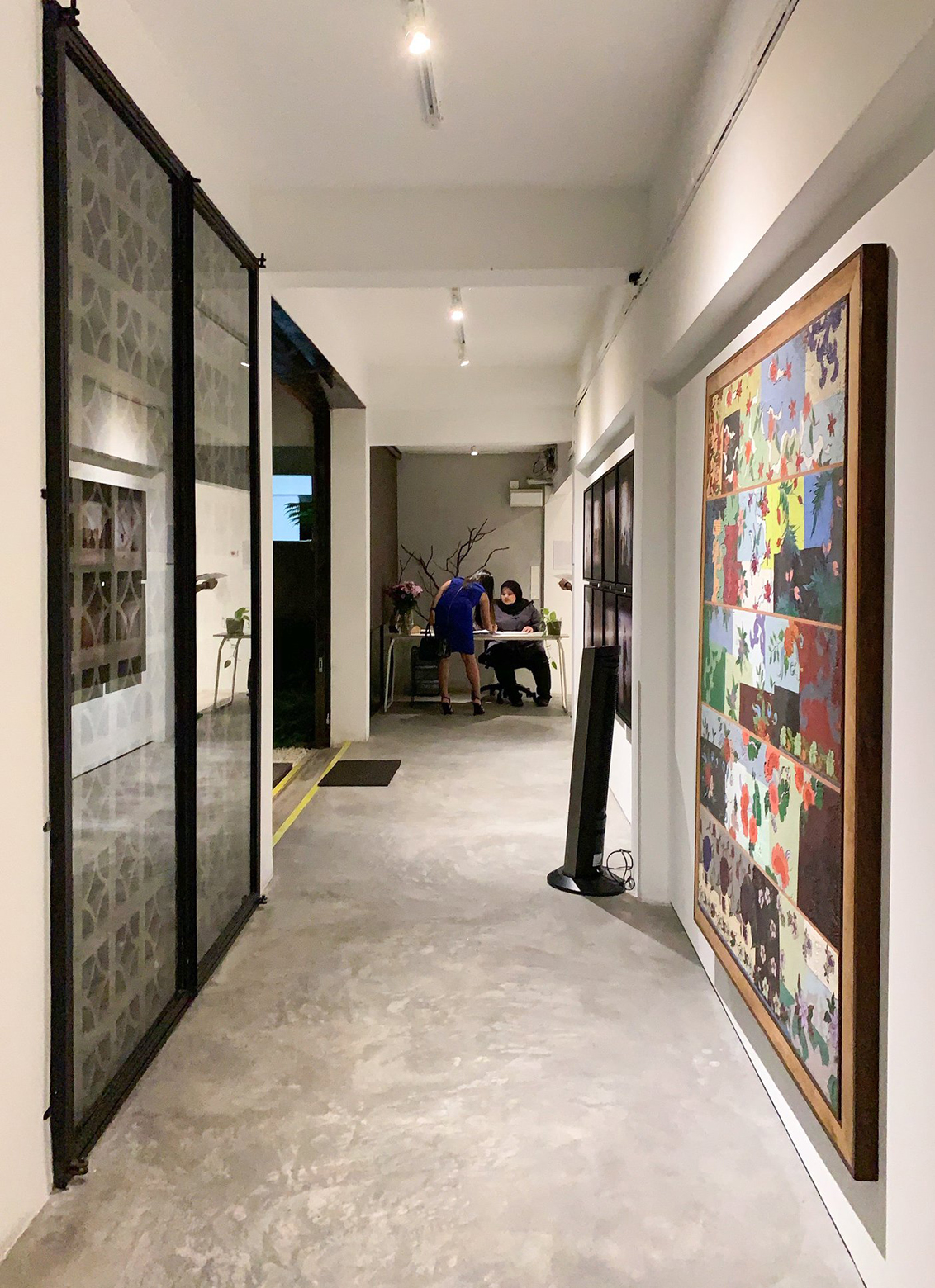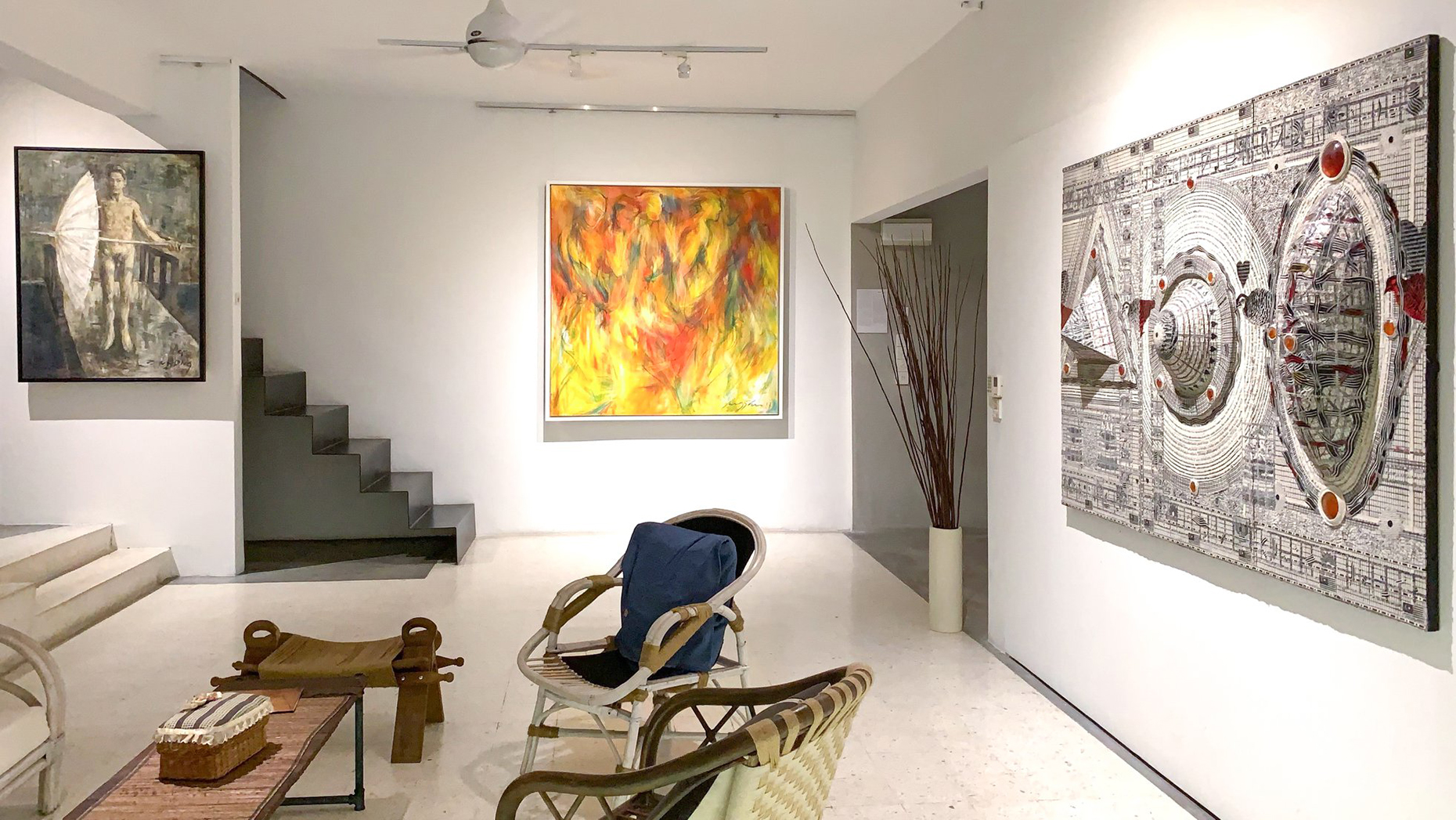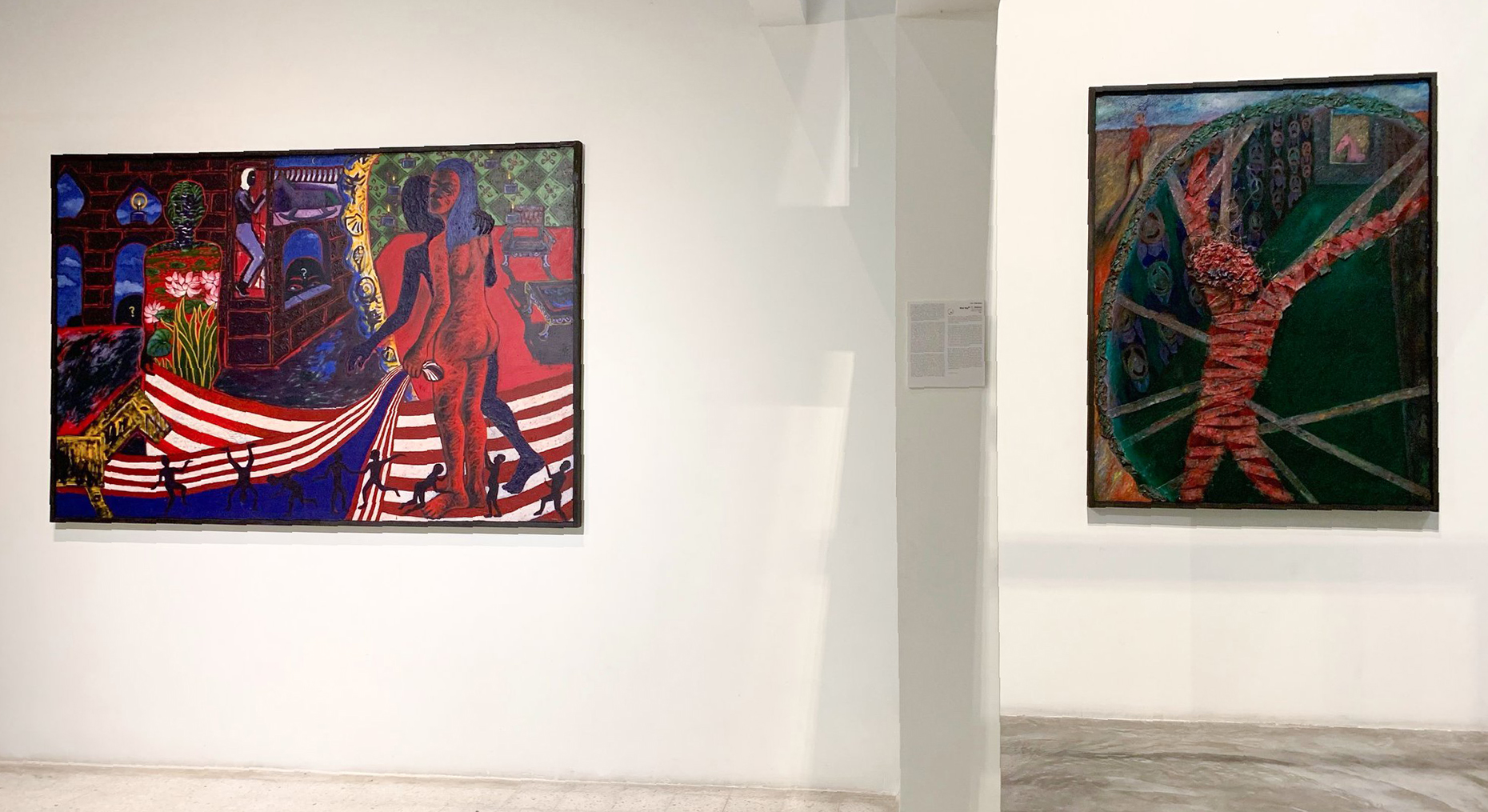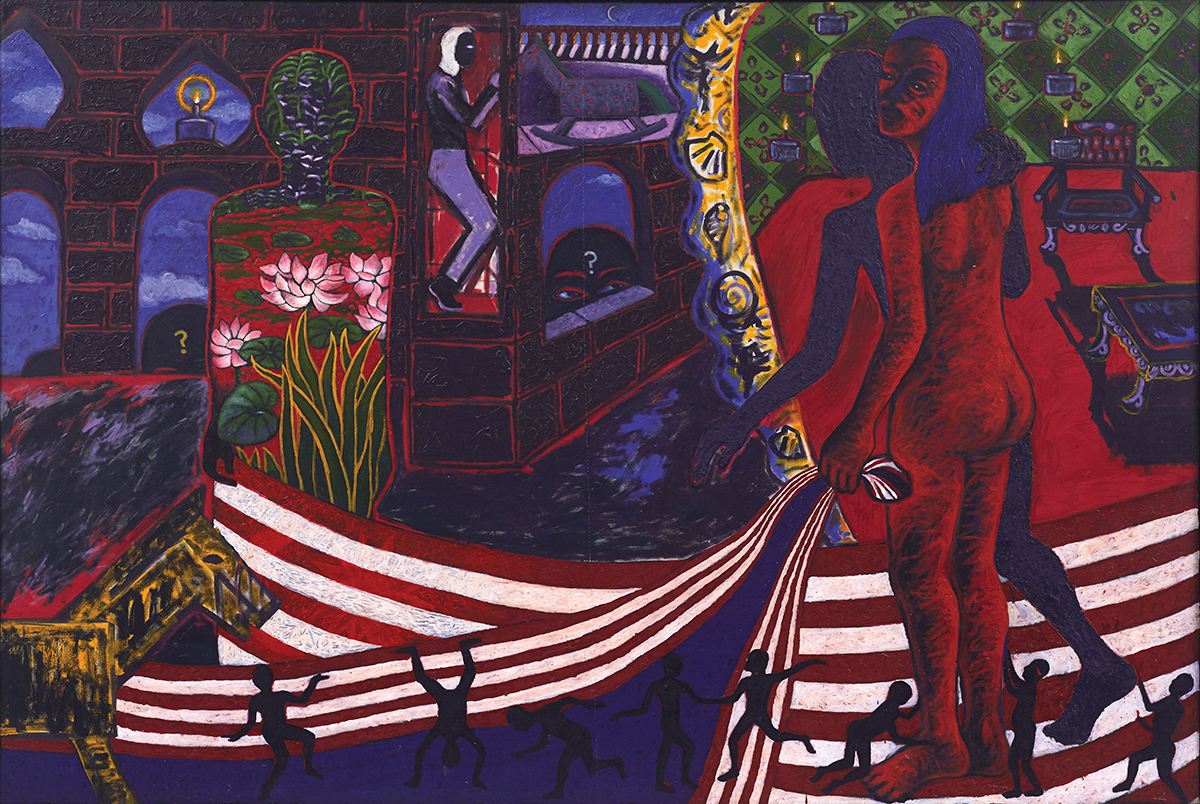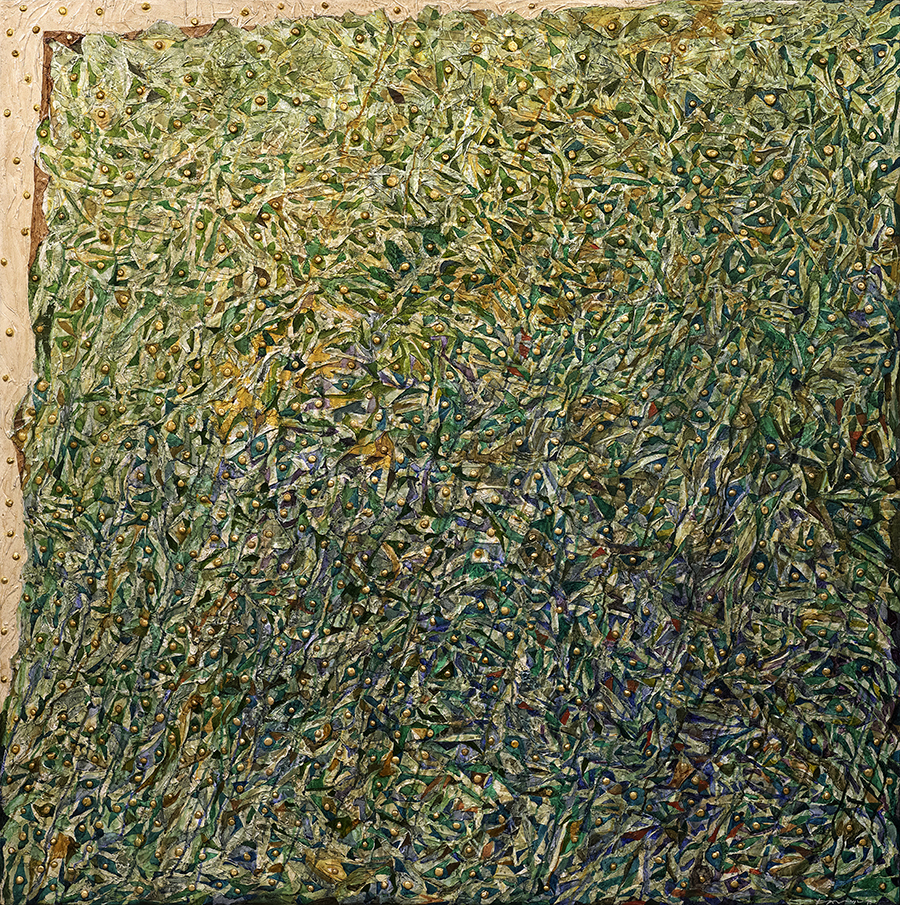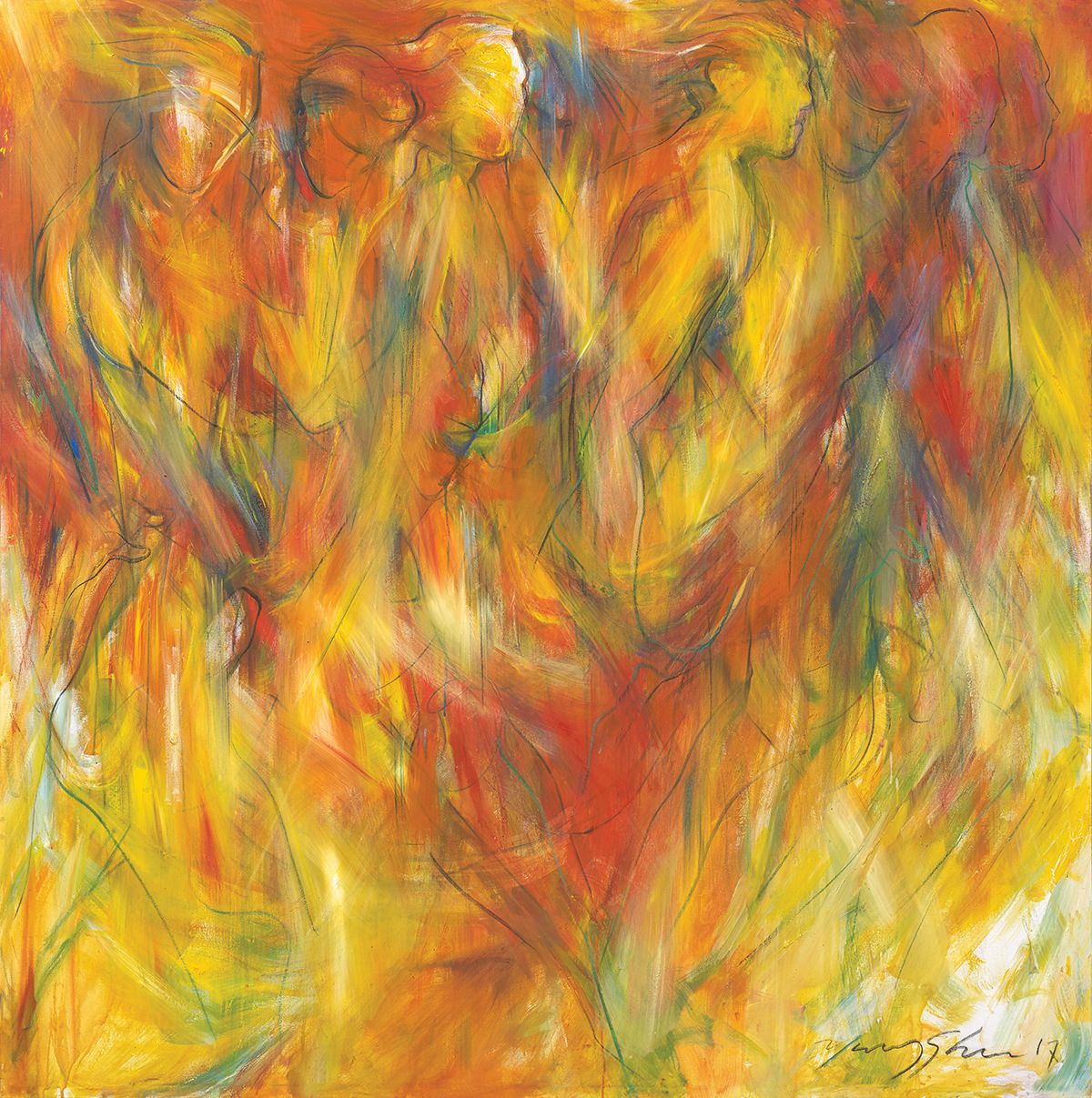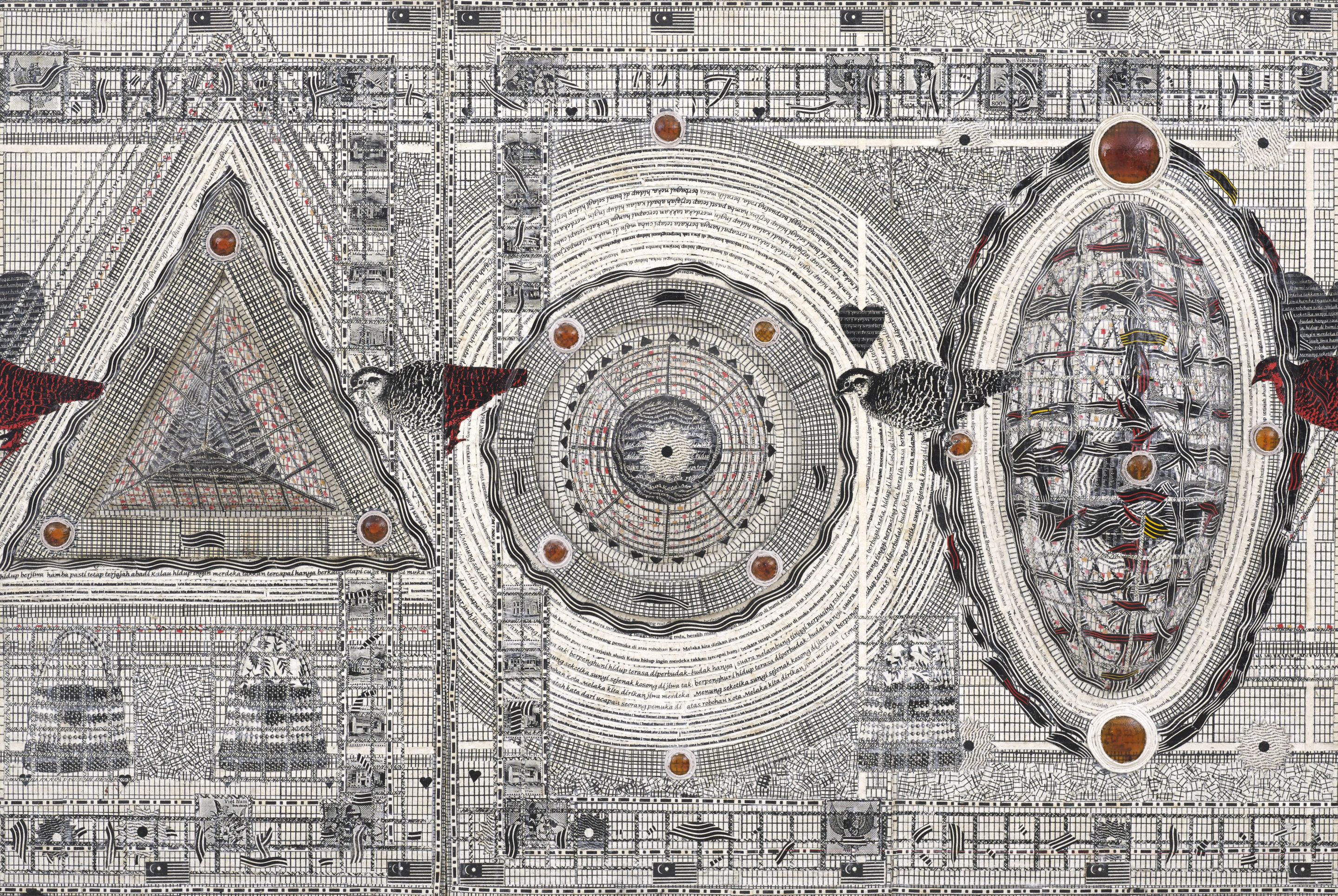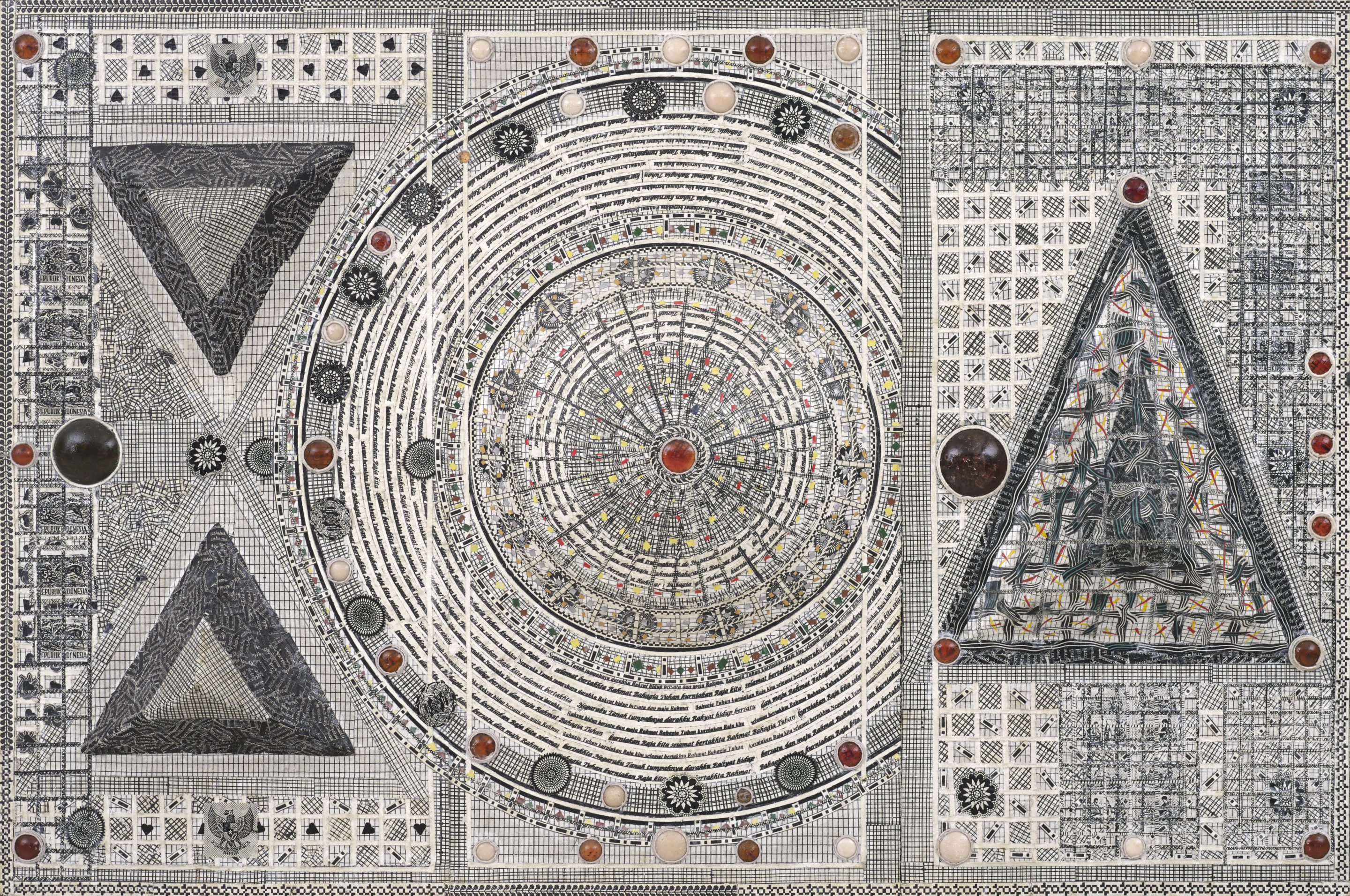Reset
Group Exhibition:-
Anthonie Cheong
Eng Hwee Chu
Fauzin Mustafa
Husin Hourmain
Masnoor Ramli Mahmud
Mohd Noor Mahmud
Tan Chin Kuan
Yusof Ghani
Zulkifli Yusoff
A curated exhibition by Zena Khan
in collaboration with Core Design Gallery
29th April – 15th June 2019
Core Design Gallery, Subang Jaya
*Click on images to zoom in
Reset is an exhibition which showcases a series of historical artworks by some of Malaysia’s most important and avant garde first generation contemporary artists. The nine artists featured- Anthonie Chong, Eng Hwee Chu, Fauzin Mustafa, Husin Hourmain, Masnoor Ramli, Mohd Nor Mahmud, Tan Chin Kuan, Yusof Ghani, and Zulkifli Yusoff- are well known today amongst Malaysian contemporary art audiences. With practices that span the spectrum of drawing, painting, mixed media, sculpture and installation, they have each contributed to shaping the dynamic landscape of contemporary Malaysian art. Reset in fact stems from a curatorial desire to not only document and record contemporary art history, which is very much a field in formation, but to also return to the origins of the Malaysian art canon, giving recognition to its key players.
The artists featured in Reset have navigated worlds of change; witnessing the transformation of Malaysia from a largely agrarian, newly independent country to one that sits at the forefront of political, technological and social development. They have responded creatively to these changes, marking the transformation from the modernist art movement to the contemporary one. While the relationship between art and society is well documented, it takes on a particular urgency in the contemporary world, where discussions on contemporary art involve the networking of several factors, from the social, political and historical, to the cultural and the personal. Thus, the emergence of a Malaysian contemporary art movement from the 1980’s seems natural, when looking at the changes Malaysia underwent in the postcolonial period following the declaration of Independence on August 31st 1957, thanks to economic growth alongside the social and political policies that were put in place from the 1970’s.
In 1971 the First National Cultural Congress was held. Simultaneously both the New Economic Policy (NEP) and New Cultural Policy (NCP) were introduced, with the twin aims of improving the quality of life for all Malaysians and upgrading the lives of the Bumiputras, and fostering a national cultural identity. As these political, social, educational and economic policies began to transform the structure of Malaysian society, the art being produced locally began to shift. One important consequence of these policies established in the 1970’s was the inauguration of educational facilities for the arts. Two universities stood out in particular during this period: UiTM and Malaysian Institute of Art (MIA). Almost all of the artists featured in Reset have not only graduated from these institutions, but several of them have gone on to teach at them, such as Yusof Ghani and Eng Hwee Chu, cementing their influence over subsequent generations of Malaysian artists. Another important consequence of these policies was the urbanisation of the rural Malays, exemplified by the rise of the MATAHATI art collective, which Masnoor Ramli was a founding member of.
In the early 1980’s and 1990’s, a strong mixed media movement emerged, heralding the beginning of a serious contemporary art movement in Malaysia. This was closely followed by the development of installation art practices, due in large part to Zulkifli Yusoff and Tan Chin Kuan, who are today regionally recognised as geniuses of the genre. These new developments in the arts felt exciting, and were encouraged through a series of art competitions, such as Bakat Muda (Young Contemporaries), Salon Malaysia and the Philip Morris ASEAN Art Awards, which promoted the production of increasingly experimental artworks. Additionally, artistic innovation was rewarded in the form of cash prizes, which acted as an early source of patronage and funding, a necessity for contemporary art ecologies to grow, especially with regards to non-commercial practices such as installation art. A healthy competitive spirit was fostered, leading to expansions in the accepted conventions of art production locally. Concurrently, competitions allowed for artworks to be displayed at a national level, thus introducing these dynamic artistic practices to the public, making them aware of the dawn of a contemporary art movement and allowing for potential collectors to connect with these newer artists. Thus, it is the contention of this curator that it was the 1980’s and 1990’s that ushered in the contemporary art period in Malaysia, and that the practices of these first-generation artists was solidified in those decades and throughout the 2000’s.
The works on display at Reset date back as early as 1987 (Blue Night 7-Reborn, Tan Chin Kuan), and thus offer audiences an opportunity to study the development of the contemporary movement and senior artist practice across the various decades. Reset does not claim to represent every senior artist in the Malaysian contemporary art canon. However, the exhibition aims to provide a brief and engaging snapshot of senior contemporary art practice, from the instigation of the contemporary art movement up to present day. A further question instigated by Reset is what are the qualities that define a senior artist in our art ecology? It would appear that while a strong mix of innate creative and conceptual skill is a given, a dedication to art and commitment to their own careers was necessary to carry these artists forward to establishing themselves as senior artists. Furthermore, these artists have all stuck through the difficult early period of helping to pioneer the contemporary art movement, and to introduce new genres and styles as well as the prevalence of increasingly critical and conceptual artwork. It was with this intention Reset was conceptualised: to provide an insight into which Malaysian contemporary artists were able to make this progression, and why.
Extract writing by Zena Khan
